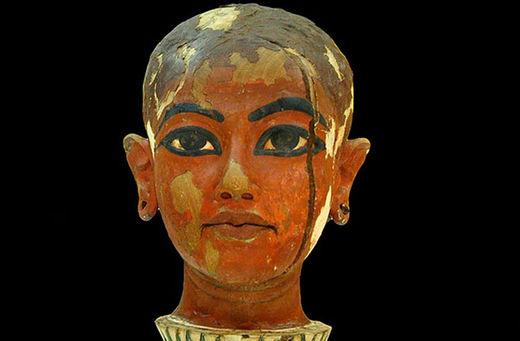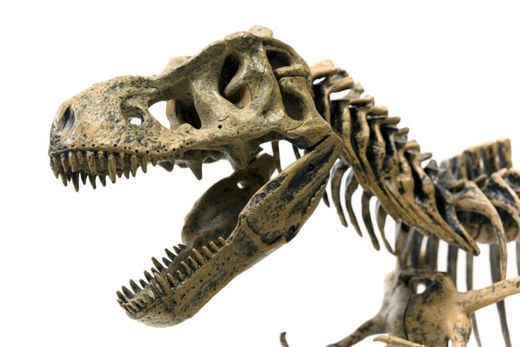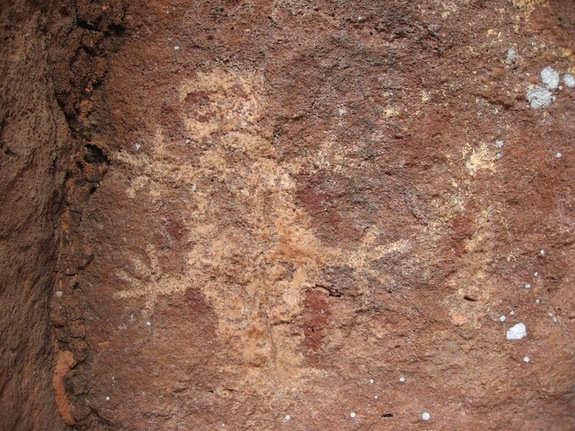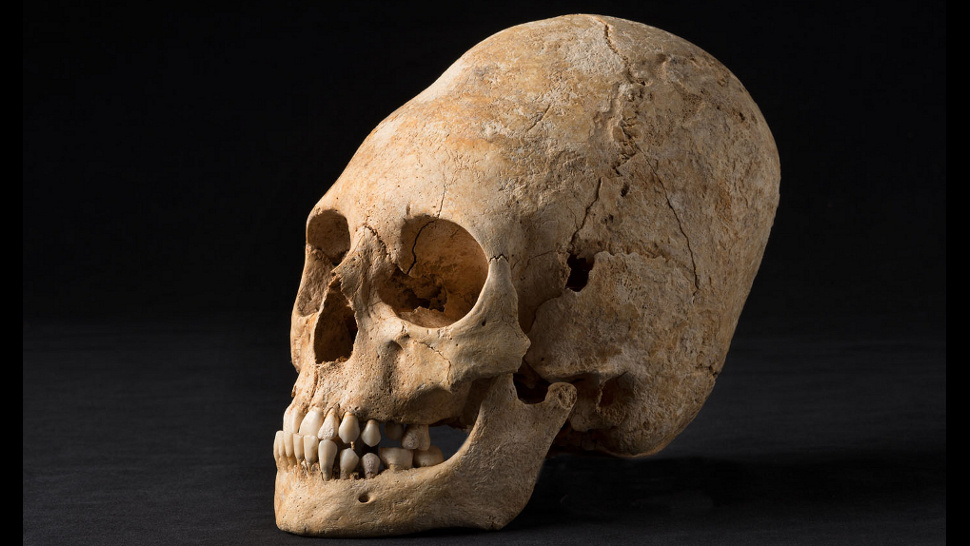
The study indirectly dismisses a recent theory which ascribed King Tut's demise to a horrific chariot accident. According to the claim, which was detailed on Sunday in a new British documentary, the high-speed chariot crash would have smashed the boy king's rib cage and many of his internal organs, including his heart.
"It is not the first time that this mode of death has been mentioned," Salima Ikram, professor of Egyptology at The American University in Cairo, told Discovery News.
"I wonder how could they say his internal organs were crushed. We won't know until the canopic jars housing his organs are examined," she said.
Frank Rühli, Head of the Centre for Evolutionary Medicine at the University of Zurich in Switzerland, agreed.
"Moreover, the mechanism of explanation for the accident is not fully provable," Rühli told Discovery News.
According to the researchers, the diagnosis of trauma caused by a chariot accident is one of the many hypothesis about King Tut's death for which not enough evidence can be found.










